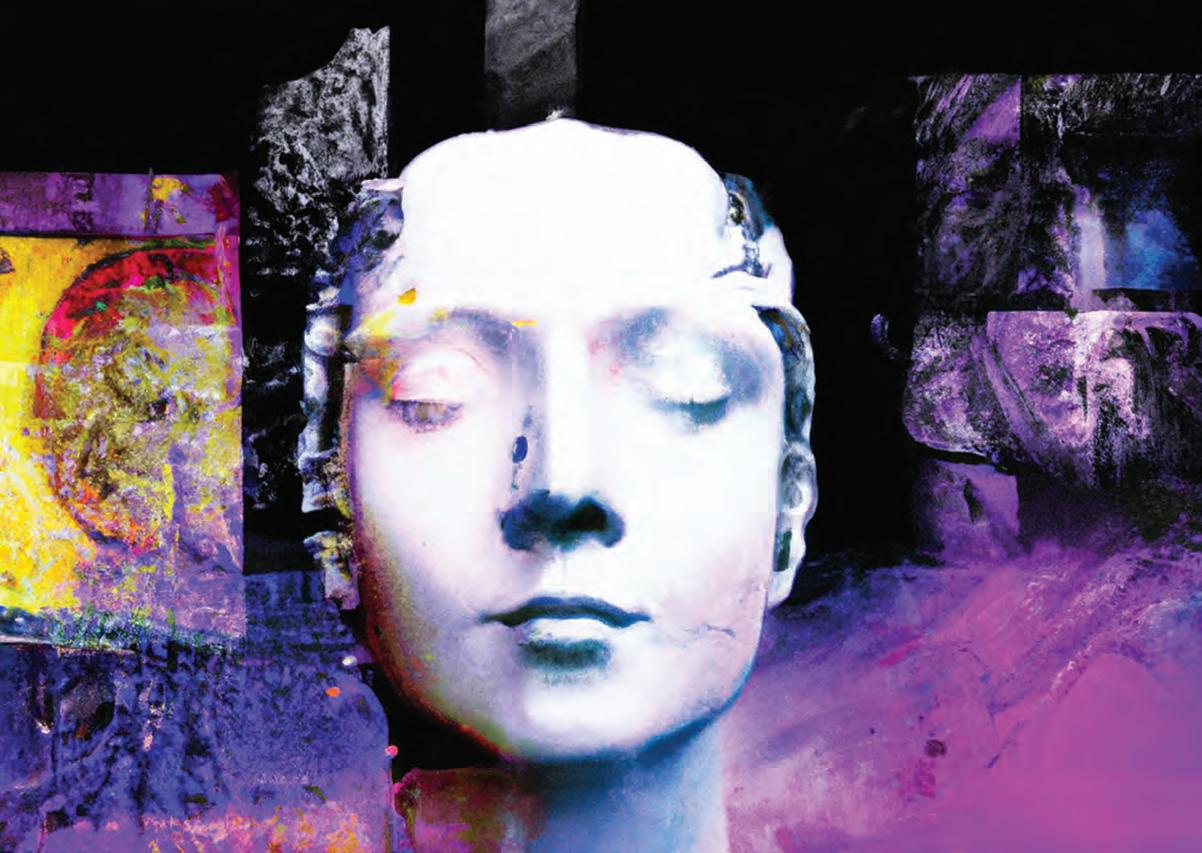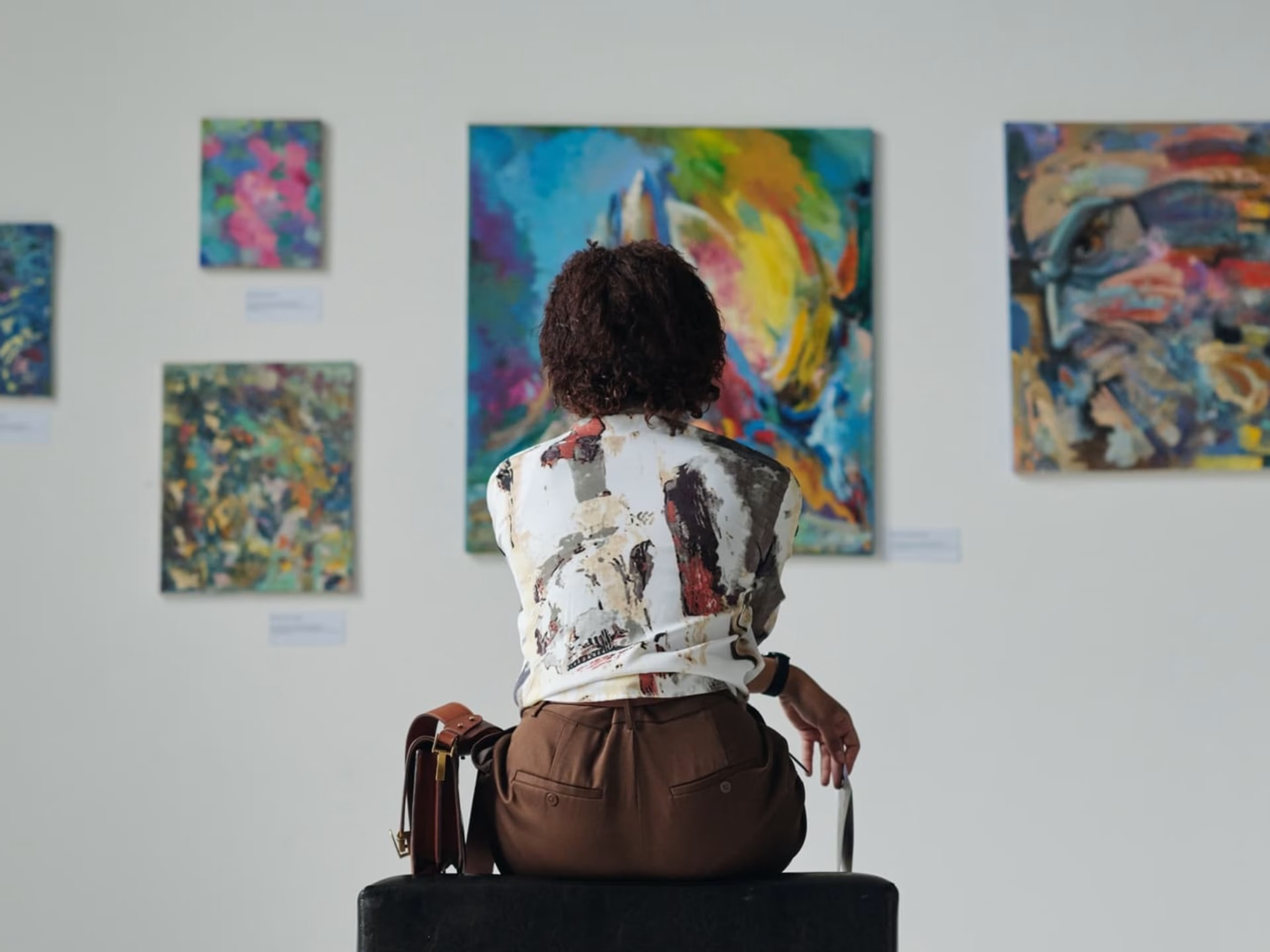In a world increasingly dominated by digital technology and fast-paced living, the arts and crafts movement stands as a reminder of human creativity, tradition, and the joy of making things with our hands. From pottery and weaving to painting and woodworking, arts and crafts embody more than just hobbies—they are expressions of identity, cultural heritage, and mindfulness.
As societies evolve, arts and crafts continue to serve as both a link to the past and a bridge to the future. This article explores the history, benefits, and modern relevance of arts and crafts, showing why this timeless practice continues to thrive in the 21st century.
A Brief History of Arts and Crafts
Arts and crafts are as old as civilization itself. Early humans carved tools, painted caves, and created ornaments not only for utility but also for expression. Over centuries, these practices developed into skilled trades and artistic traditions.
The Arts and Crafts Movement of the late 19th and early 20th centuries, led by figures like William Morris in Britain, emerged as a reaction to industrialization. Factories produced cheap goods, but at the cost of quality and individuality. The movement sought to revive traditional craftsmanship, emphasizing handmade objects that celebrated beauty, function, and authenticity.
Today, the principles of that movement—valuing creativity, quality, and sustainability—remain highly relevant, especially as consumers seek alternatives to mass production.
The Benefits of Arts and Crafts
Engaging in arts and crafts has profound effects on both individuals and communities.
-
Creativity and Self-Expression
Arts and crafts allow people to explore their imagination and transform ideas into tangible forms. Whether through painting, knitting, or jewelry-making, creators can express emotions, beliefs, and personal stories. -
Stress Relief and Mindfulness
Crafting is often described as a meditative process. Repetitive actions like stitching or sculpting calm the mind, reduce stress, and promote mindfulness. Studies show that engaging in creative activities can lower anxiety and improve mental well-being. -
Skill Development
Arts and crafts require problem-solving, patience, and attention to detail. These skills translate into everyday life and even professional contexts, fostering resilience and adaptability. -
Cultural Connection
Traditional crafts preserve cultural heritage. Practices like weaving, calligraphy, and pottery are passed down through generations, keeping cultural identities alive while inspiring new interpretations. -
Community Building
Craft workshops, fairs, and online communities bring people together. Sharing knowledge, collaborating on projects, or simply appreciating each other’s work strengthens social bonds.

Arts and Crafts in Education
Creative activities are integral to holistic learning. Schools that integrate arts and crafts into their curriculum provide students with opportunities to balance academic knowledge with hands-on skills.
Children who engage in crafts develop fine motor skills, improve hand-eye coordination, and strengthen their ability to focus. More importantly, these activities nurture imagination and encourage problem-solving. In a time when standardized testing often dominates education, arts and crafts offer a space for free thinking and emotional growth.
Beyond childhood, lifelong learning in crafts helps adults and seniors stay mentally active and socially engaged. Retirement communities and wellness centers frequently use craft sessions to support cognitive health and provide enjoyable group activities.
The Rise of DIY and Handmade Movements
The internet has sparked a renaissance of interest in crafts through the DIY (Do-It-Yourself) culture. Platforms like Pinterest, Instagram, and YouTube provide endless inspiration and tutorials, making it easier than ever to learn new techniques.
The popularity of handmade goods also reflects a desire for authenticity. In contrast to mass-produced products, handmade items carry the personal touch of the maker. Online marketplaces such as Etsy have given artisans global platforms to sell their creations, turning hobbies into businesses.
This trend aligns with broader movements toward sustainability and slow living. People are increasingly drawn to items that are eco-friendly, ethically made, and unique—values often embodied in handcrafted goods.
Modern Crafts and Technology
While arts and crafts are rooted in tradition, modern technology has expanded the possibilities of what creators can achieve.
-
Digital Tools – Graphic tablets and design software blend traditional drawing skills with digital artistry.
-
3D Printing – Makers now use 3D printers to create jewelry, models, and prototypes, merging craftsmanship with futuristic design.
-
Social Media Communities – Artists and crafters connect worldwide, share techniques, and find audiences far beyond their local markets.
-
Hybrid Practices – Many creators combine old and new methods, such as digital embroidery machines that integrate technology with textile traditions.
Technology has not diminished the value of arts and crafts; instead, it has enriched the field, offering new platforms for creativity.
Sustainability and Ethical Crafting
In an era of climate change and overconsumption, arts and crafts play a role in promoting sustainability. Many artisans use recycled materials, natural dyes, and locally sourced supplies to minimize environmental impact.
Upcycling—the practice of turning waste into art or functional items—has gained popularity. From furniture restoration to fabric reuse, upcycling not only reduces waste but also highlights creativity in giving old objects new life.
Crafting also supports ethical consumption. Buying handmade items often means supporting local artisans, small businesses, and fair labor practices rather than large corporations.
Popular Arts and Crafts Practices Today
While the world of crafts is diverse, certain practices are especially popular in modern times:
-
Knitting and Crochet – Loved for their calming effects and practicality.
-
Pottery and Ceramics – Blending function and artistry in timeless forms.
-
Jewelry Making – Offering endless opportunities for personalization and style.
-
Woodworking – Valued for durability and the satisfaction of shaping natural materials.
-
Calligraphy and Hand Lettering – Celebrated for its elegance and growing popularity in digital and physical art.
-
Painting and Drawing – Classic outlets for self-expression that continue to evolve with new styles.
Each craft offers unique benefits and appeals to different interests, but all share the common thread of creativity and skill.
The Future of Arts and Crafts
As we look to the future, arts and crafts are likely to grow in importance, not diminish. Several trends are shaping this evolution:
-
Therapeutic Crafts – More health professionals are recognizing the role of crafting in mental health therapies.
-
Cultural Revival – Younger generations are rediscovering traditional crafts, blending them with modern aesthetics.
-
Sustainable Crafting – Eco-conscious creations will continue to attract attention.
-
Integration with Tech – Expect more hybrids of digital and handmade arts, appealing to new audiences.
-
Global Collaboration – Online platforms will foster cross-cultural exchanges, enriching crafts with diverse influences.
In a fast-paced, digital-first world, arts and crafts provide a necessary balance—encouraging mindfulness, patience, and tangible creativity.

Conclusion
Arts and crafts remain one of humanity’s most enduring and rewarding pursuits. They connect us to our cultural roots, support our mental and physical well-being, and remind us of the joy of creation in a world where so much is automated. From traditional weaving to digital design, the essence of arts and crafts lies in the human need to make, to share, and to express.
Far from being outdated, arts and crafts are thriving as both a personal passion and a cultural movement. They teach us patience, remind us of beauty in simplicity, and encourage us to live more sustainably. Whether as a hobby, profession, or form of therapy, crafting continues to shape lives and communities—proving that the art of making will always remain timeless.


